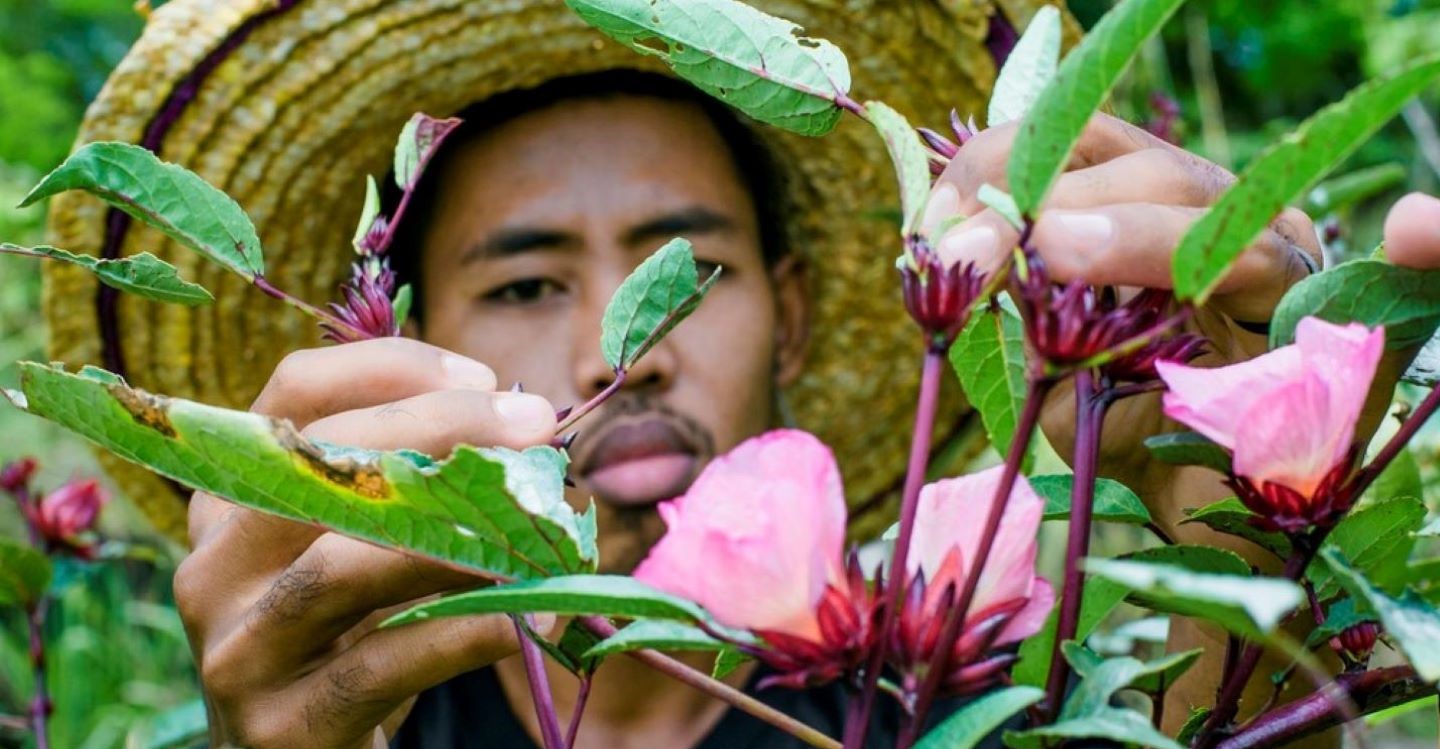Five tips for journalists reporting on Indigenous Peoples
IFAD Asset Request Portlet
Asset Publisher
Five tips for journalists reporting on Indigenous Peoples
Estimated reading time: 3 minutes
There are more than 476 million self-identified Indigenous Peoples across the planet – yet often, their voices go unheard. Journalists can play an important role in stemming the loss of these precious stories, so long as they report in a responsible and meaningful way.
At a talk organised by IFAD at the annual Perugia International Journalism Festival on April 22, five panellists – including indigenous leaders, journalists and experts – discussed how to best report on all things pertaining to indigenous communities.
Here are the speakers’ top five tips for members of the media who want to cover Indigenous Peoples’ issues.
- Create space
We must actively create space in the media for Indigenous Peoples to tell their own stories. In some cases, it’s as simple as taking the time to champion their work, says Anna Bressanin of the BBC. “It’s a matter of creating space, elevating and supporting emerging filmmakers of indigenous descent, like Sky Hopinka or Maria Fredriksson, whose movies were showcased at our LongShots film festival.”
Margaret Tunda Lepore, a Kenyan youth leader and member of the Maasai peoples, agrees. “Journalists have a power that Indigenous Peoples don’t have. Giving us space and voice is a way of sharing the power,” she says. “We need journalists to be our allies”.
- The power of words
“Losing languages is like losing a world view,” says Margherita Loddoni, IFAD’s Indigenous Peoples and Tribal Issues specialist. Journalists can help preserve indigenous languages by using their platforms to shine a light on them and bring them to the fore.
"We need to not only listen but be open to being transformed by the words we will listen to,” says Margherita. “Sometimes a single word can tell a story.”
- Safety and consent
Educate yourself on the customs and history of the communities you report on. “It is important to understand the mindset of the community, make clear what information the journalists want, specify the focus, and where it will be published,” says Maasai youth leader Margaret.
“You might travel to their territories, where you will be under a different authority,” explains Colombian journalist María Mónica Monsalve S. “Consent for reporting is crucial – you should ask, or be aware, of how to behave to be respectful of their culture and customs.”
- Support a new narrative
There is a myriad of layers to indigenous communities – journalists should avoid presenting them as one-dimensional. “We should not only show them as victims: but as artists, singers, leaders,” says María Mónica from Colombia.
“Indigenous voices are gaining the attention they deserve, especially in relation to themes such as the environment or women’s rights,” says Anna Bressanin.
Indigenous communities all over the world play a special role in the conservation and sustainable management of natural resources – their generational knowledge can help us all adapt to and mitigate the consequences of climate change.
- Decolonise and co-create
“I think it is crucial to avoid parachuting someone from London and New York to cover these stories,” says Anna Bressanin. Working together with indigenous reporters on the ground will invariably improve the work of non-indigenous journalists.
“We need to listen to the Indigenous Peoples who inhabit the region and who are impacted by these issues. We need to respect and understand their territories, cosmogonies, and cultural limits,” says Colombian environmental journalist María Paula Lizarazo. “The Amazon is much more than the physical territory belonging to a few countries: it is a spiritual and epistemological region,” she added.
Publication date: 03 May 2023